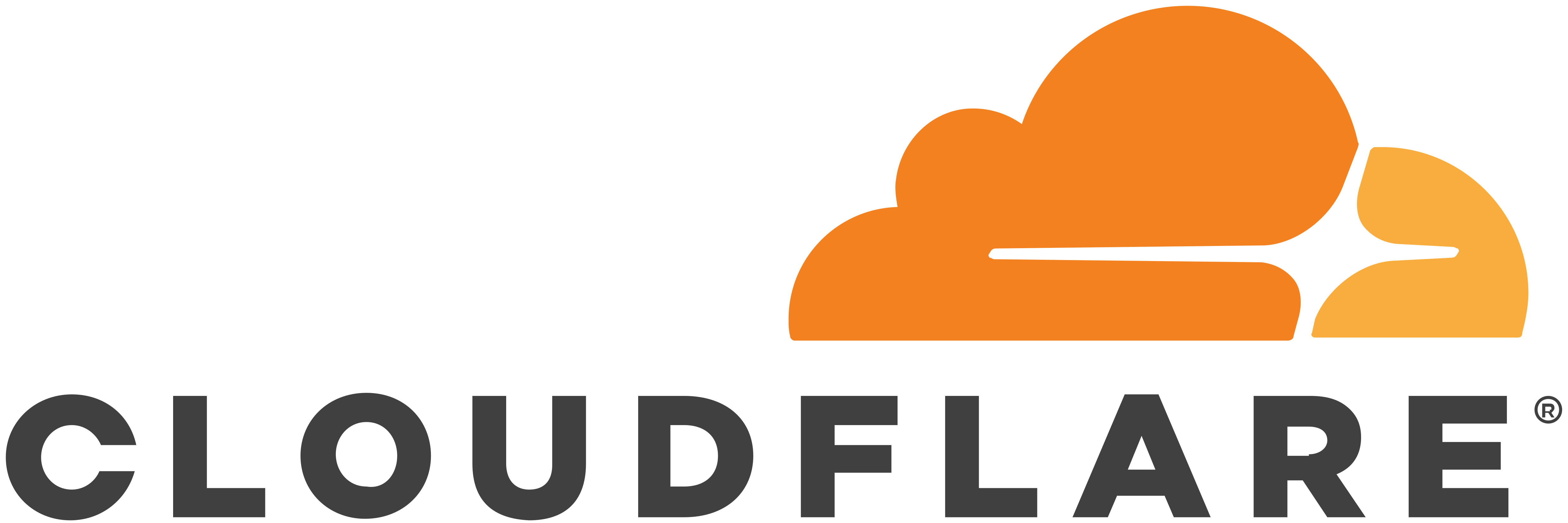Cloudflare, a leading cloud-based content delivery and security platform, has revolutionized the internet by introducing notable innovations that effectively reduce web latency and enhance the overall user experience.

1. Global Anycast Network:

Cloudflare operates a global network of interconnected data centers strategically positioned worldwide. When a user accesses a website that utilizes Cloudflare’s services, the request is routed to the closest data center, minimizing the physical distance between the end-user and the server hosting the content. This proximity significantly reduces latency and provides faster content delivery.

2. Content Caching:
Cloudflare caches static content, such as images, CSS, and JavaScript files, at the edge of its network. When a user requests a resource that has already been cached at an edge data center, the requested file is delivered from the local cache, bypassing the origin server. This significantly reduces the time it takes for the browser to load the website, resulting in a perceived speed improvement for the user.
3. Dedicated Data Center Providers:
Cloudflare maintains partnerships with top-tier data center providers to ensure high-performance and low-latency connectivity. The company collaborates closely with these providers to deploy its network infrastructure in optimal locations that minimize latency for different geographic regions. This tailored approach ensures efficient and fast content delivery for users worldwide.
4. Network Optimization Techniques:
Cloudflare employs various network optimization techniques to further reduce latency. These include protocol optimizations, such as HTTP/2 and QUIC, which improve the efficiency of data transfer. Additionally, traffic shaping algorithms manage network congestion and prioritize time-sensitive data, resulting in smoother and faster content delivery.
5. DNS Acceleration:
Cloudflare’s DNS service, 1.1.1.1, is optimized for speed and reliability. When a user enters a website address into their browser, the DNS service quickly resolves the domain name to the correct IP address. This optimized DNS resolution process contributes to faster website load times and reduces the overall latency experienced by users.
By implementing these innovative solutions, Cloudflare effectively reduces web latency, enhances user experience, and improves website performance. As a result, businesses leveraging Cloudflare’s services gain a competitive edge by providing their customers with lightning-fast and reliable online experiences.## Cloudflare’s Innovations In Reducing Web Latency
Executive Summary
Cloudflare is a leading provider of content delivery network (CDN) services. CDN’s are designed to reduce website latency by caching static content, such as images. As a result, Cloudflare can help websites load faster, improve user experience, and boost conversion rates. In recent years, Cloudflare has introduced a number of innovative features that have further improved its ability to reduce web latency. These include:
- ARGO: ARGO is a global network of data centers that is designed to route traffic around congested areas. This can help to reduce latency for users who are located far from the website’s origin server.
- QUIC: QUIC is a new transport protocol that is designed to improve the performance of web applications. QUIC can reduce latency by reducing the number of round trips that are required to establish a connection between a client and a server.
- WebSockets: WebSockets are a technology that allows for real-time communication between a client and a server. WebSockets can be used to reduce latency for applications that require real-time data, such as chat and gaming applications.
Introduction
In today’s fast-paced world, website speed is more important than ever before. A slow-loading website can lead to lost visitors, reduced conversions, and lower search engine rankings. Cloudflare’s innovations in reducing web latency can help websites load faster, improve user experience, and boost conversion rates.
FAQs
- What is web latency?
Web latency is the delay that occurs when a user requests a web page and the page is displayed in their browser. Latency can be caused by a number of factors, including the distance between the user and the website’s origin server, the speed of the user’s internet connection, and the performance of the website’s server. - How can Cloudflare reduce web latency?
Cloudflare can reduce web latency by caching static content, such as images. As a result, Cloudflare can help websites load faster, improve user experience, and boost conversion rates. - What are some of Cloudflare’s innovative features that reduce web latency?
Cloudflare has introduced a number of innovative features that reduce web latency, including:- ARGO: A global network of data centers that is designed to route traffic around congested areas.
- QUIC: A new transport protocol that is designed to improve the performance of web applications.
- WebSockets: A technology that allows for real-time communication between a client and a server.
Subtopics
1. ARGO
ARGO is a global network of data centers that is designed to route traffic around congested areas. This can help to reduce latency for users who are located far from the website’s origin server.
- Benefits of ARGO:
- Reduces latency for users who are located far from the website’s origin server.
- Improves the performance of websites that are accessed by users in multiple locations.
- Helps to protect websites from DDoS attacks.
2. QUIC
QUIC is a new transport protocol that is designed to improve the performance of web applications. QUIC can reduce latency by reducing the number of round trips that are required to establish a connection between a client and a server.
- Benefits of QUIC:
- Reduces latency for web applications.
- Improves the performance of websites that are accessed by users with slow internet connections.
- Helps to reduce the number of retransmissions that are required to establish a connection.
3. WebSockets
WebSockets are a technology that allows for real-time communication between a client and a server. WebSockets can be used to reduce latency for applications that require real-time data, such as chat and gaming applications.
- Benefits of WebSockets:
- Reduces latency for applications that require real-time data.
- Improves the performance of chat and gaming applications.
- Allows for the development of new real-time applications.
4. Brotli
Brotli is a data compression algorithm that can be used to reduce the size of web pages. This can help to reduce latency by reducing the amount of time it takes to download a web page.
- Benefits of Brotli:
- Reduces the size of web pages.
- Improves the performance of websites that are accessed by users with slow internet connections.
- Helps to reduce the number of retransmissions that are required to download a web page.
5. HTTP/3
HTTP/3 is a new version of the HTTP protocol that is designed to improve the performance of web applications. HTTP/3 includes a number of features that can reduce latency, such as:
- Benefits of HTTP/3:
- Reduces latency for web applications.
- Improves the performance of websites that are accessed by users with slow internet connections.
- Helps to reduce the number of retransmissions that are required to establish a connection.
Conclusion
Cloudflare is a leading provider of content delivery network (CDN) services. CDN’s are designed to reduce website latency by caching static content, such as images. As a result, Cloudflare can help websites load faster, improve user experience, and boost conversion rates. In recent years, Cloudflare has introduced a number of innovative features that have further improved its ability to reduce web latency. These include ARGO, QUIC, WebSockets, Brotli, and HTTP/3. By leveraging these features, Cloudflare can help businesses of all sizes improve the performance of their websites and applications.
Keyword Tags
- Web latency
- Cloudflare
- ARGO
- QUIC
- WebSockets
